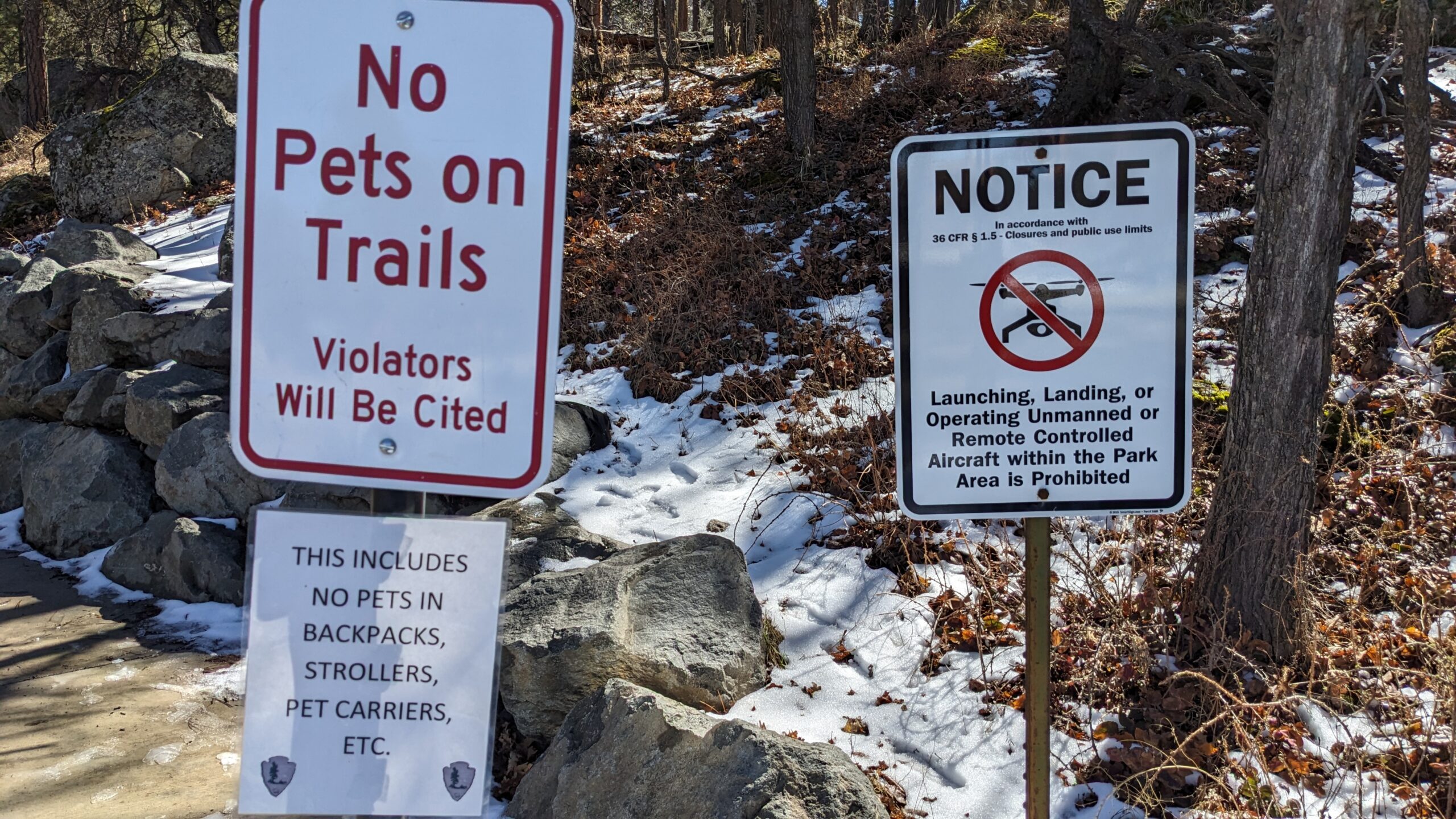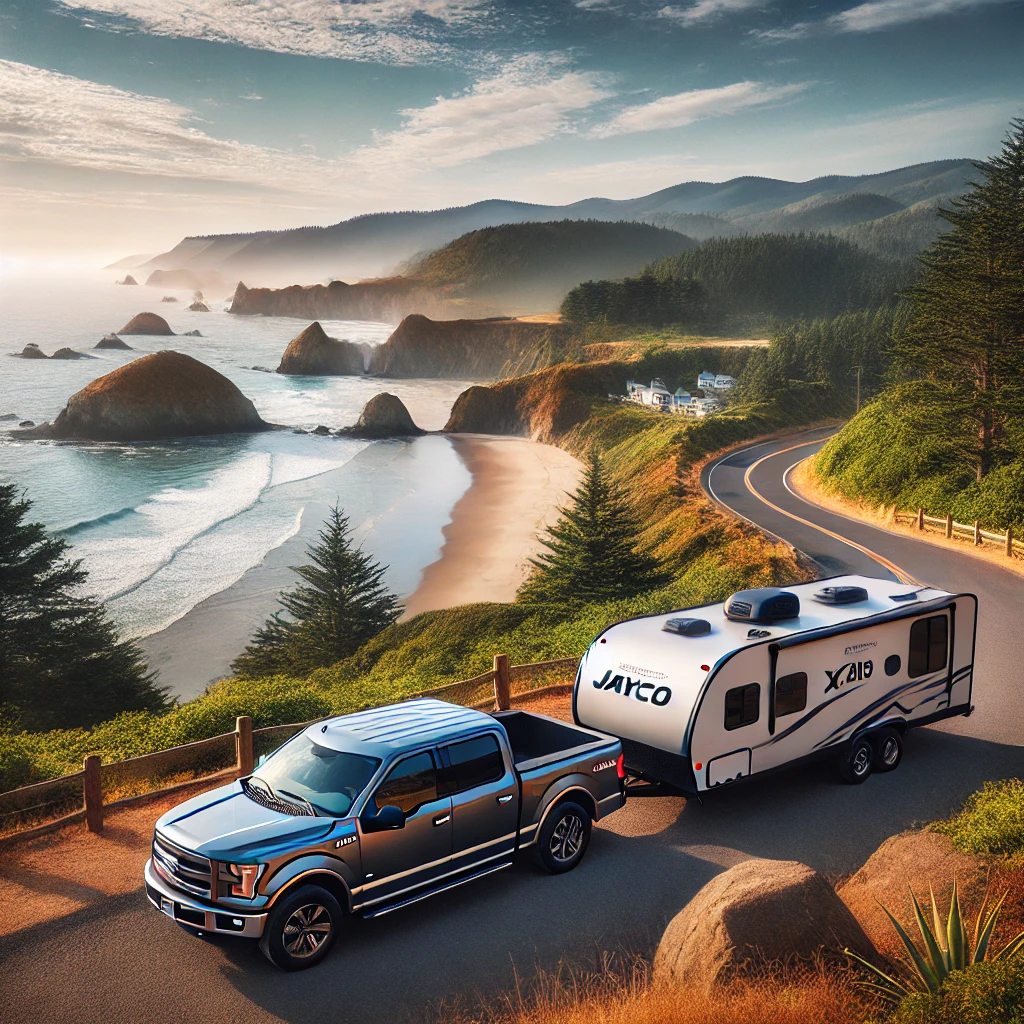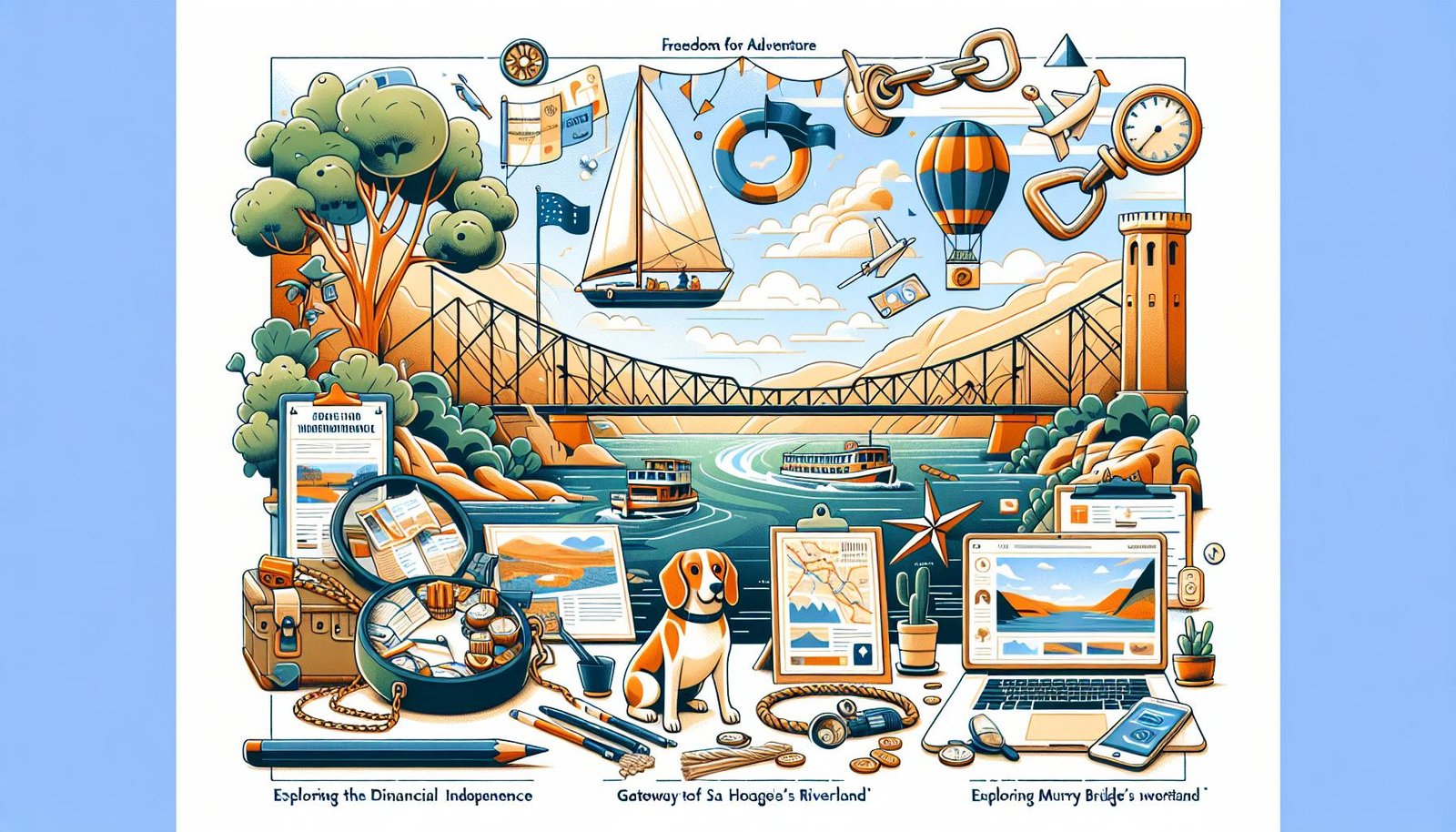The National Park Service (NPS) is tasked with preserving and protecting the natural and cultural resources of the United States. However, its policies regarding dogs and drones have sparked controversy and debate among visitors and enthusiasts alike. In this blog post, we’ll delve into the reasons behind the NPS regulations regarding dogs and drones, exploring the complexities of balancing conservation efforts with recreational activities.
The National Park Service’s Stance on Dogs:
– Many national parks have restrictions on dogs, requiring them to be leashed or prohibiting them altogether.
– The primary reason for these regulations is to protect wildlife and sensitive ecosystems from disturbance.
– Dogs, when left unrestrained, can disrupt wildlife habitats, chase animals, and leave behind waste that can contaminate water sources and introduce invasive species.
– Despite these regulations, some dog owners argue that well-behaved pets should be allowed to enjoy the parks alongside their owners.
The Debate Over Drones in National Parks:
– The use of drones in national parks has become increasingly popular in recent years, allowing visitors to capture breathtaking aerial footage and images.
– However, the NPS has imposed strict regulations on drone use, citing concerns over noise pollution, disturbance to wildlife, and the potential for accidents.
– Drones can disrupt the natural tranquility of the parks, disturbing both wildlife and other visitors seeking solace in nature.
– Additionally, the buzzing sound of drones can stress wildlife, causing them to alter their behavior and potentially abandon their habitats.
Understanding the NPS Perspective:
– The NPS is tasked with balancing the preservation of natural resources with providing recreational opportunities for the public.
– Decisions regarding dogs and drones are made with careful consideration of scientific research, public input, and the agency’s mandate to protect the parks for future generations.
– While some visitors may feel restricted by these regulations, they are essential for maintaining the ecological integrity of the parks and ensuring that all visitors can enjoy them safely and responsibly.
Finding Common Ground:
– It’s essential for visitors to recognize and respect the regulations set forth by the NPS, understanding that they are in place to protect the parks and the wildlife that inhabit them.
– Dog owners can still enjoy national parks by adhering to leash laws and cleaning up after their pets.
– Those interested in capturing aerial footage can explore alternative locations outside of national parks or obtain permits for drone use in designated areas.
– By working together, visitors and the NPS can ensure that these treasured landscapes remain preserved for future generations to enjoy.
Conclusion:
The National Park Service’s regulations regarding dogs and drones may seem restrictive to some, but they are vital for preserving the natural and cultural heritage of the United States. By understanding the rationale behind these regulations and respecting the need for conservation, visitors can continue to experience the beauty of our national parks while minimizing their impact on the environment. Let’s strive to find a balance that allows both people and nature to thrive in these precious landscapes.
Title: Embracing a Pet-Friendly and Innovative Approach: A Fresh Perspective on Dogs and Drones in National Parks
Introduction:
As stewards of our nation’s natural treasures, the National Park Service (NPS) plays a vital role in safeguarding the splendor of our parks. However, discussions surrounding the presence of dogs and drones within these pristine landscapes have sparked passionate debates. In this blog post, we’ll explore a more inclusive perspective that celebrates the joys of exploring with our furry companions and the creative possibilities drones offer for capturing stunning aerial views.
Embracing Canine Companions:
– Dogs are beloved members of countless families, and for many, the opportunity to explore the great outdoors with their furry friends is a cherished experience.
– Advocates for allowing dogs in national parks argue that responsible pet ownership can enhance visitors’ experiences and foster a deeper connection with nature.
– Well-trained dogs can serve as excellent companions for hiking, providing companionship and even serving as trail guides for visually impaired individuals.
– With proper waste management and leash etiquette, dogs can coexist harmoniously with wildlife and other visitors, enriching the park experience for all.
Unlocking Aerial Perspectives with Drones:
– Drones have revolutionized the way we capture and appreciate the beauty of our natural landscapes, offering breathtaking aerial perspectives that were once inaccessible.
– Enthusiasts argue that drones provide an unparalleled opportunity for creativity and exploration, allowing photographers and filmmakers to showcase the grandeur of national parks from unique vantage points.
– Drone technology enables researchers to monitor wildlife populations, study habitats, and even assist in search and rescue operations, contributing valuable data for conservation efforts.
– When operated responsibly, drones can minimize disruption to wildlife and other park visitors, offering a non-intrusive means of capturing stunning imagery while respecting the tranquility of the natural environment.
Promoting Responsible Recreation:
– Advocates for pet-friendly policies and drone use in national parks emphasize the importance of responsible stewardship and mutual respect among visitors.
– Pet owners are encouraged to adhere to leash laws, clean up after their pets, and be mindful of wildlife habitats to ensure a positive experience for all park users.
– Drone operators should familiarize themselves with park regulations, obtain necessary permits where required, and prioritize safety and environmental conservation in their aerial endeavors.
– By fostering a culture of responsible recreation and embracing innovative technologies, we can cultivate a deeper appreciation for our national parks while preserving their natural integrity for future generations.
Conclusion:
While debates surrounding dogs and drones in national parks may continue, embracing a more inclusive and forward-thinking approach can pave the way for harmonious coexistence between visitors, pets, and innovative technologies. By celebrating the joys of exploring with our canine companions and unlocking the creative possibilities of drones, we can enrich our park experiences while safeguarding the pristine beauty of these cherished landscapes. Let’s embark on this journey together, united in our commitment to responsible stewardship and the preservation of our national treasures.





